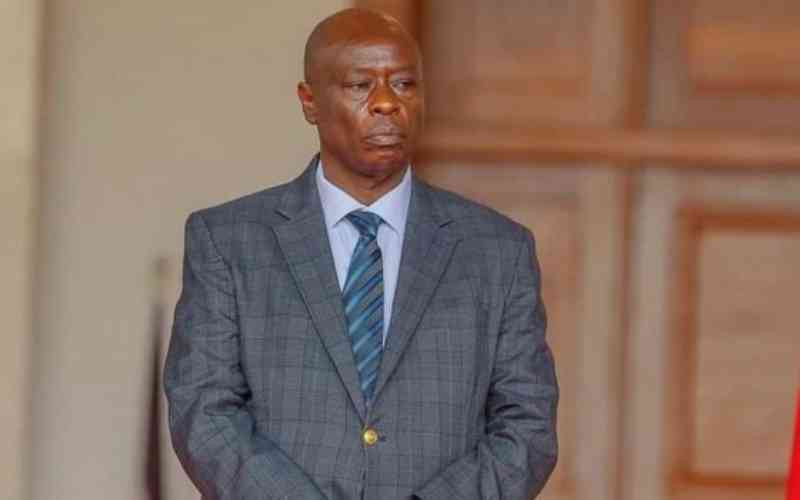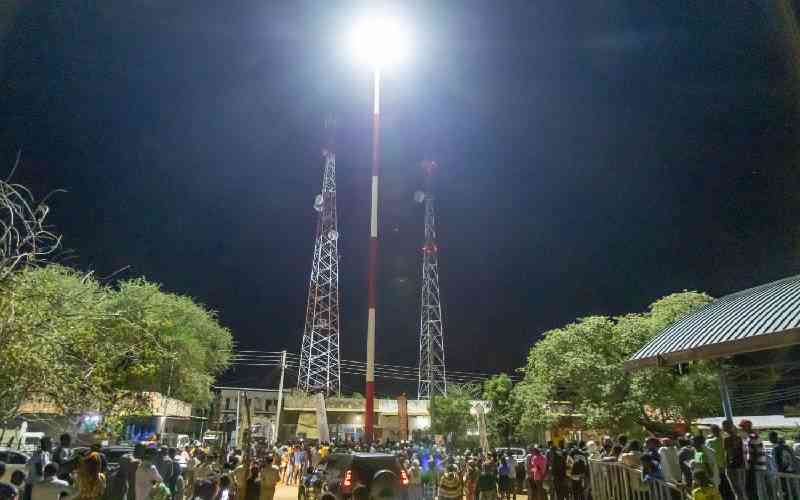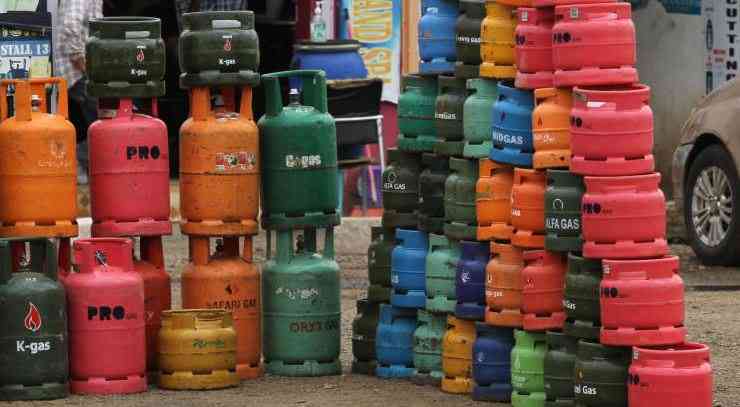President Donald Trump’s mobilization of the National Guard to quell immigration-related protests in Los Angeles marks a rare—and controversial—exercise of presidential power.
Trump’s decision to make the deployment against the wishes of California Gov. Gavin Newsom is especially unusual.
The move marks the first time in 60 years that a President has called up National Guard troops to a state without a request from its governor. Newsom has made clear he didn’t ask for the mobilization, saying in a post on X on Sunday that he had formally requested that the Trump Administration rescind what he called an “unlawful deployment of troops in Los Angeles county and return them to my command.” The Democratic governor called the move “a serious breach of state sovereignty,” and told MSNBC that he plans to file a lawsuit against the Administration.
The decision to activate the National Guard came as thousands of demonstrators across Los Angeles County protested Immigration and Customs Enforcement (ICE) raids targeting undocumented immigrants. While the protests had been largely peaceful, some of the demonstrations escalated: Rocks and Molotov cocktails were thrown and cars were vandalized. Law enforcement deployed crowd control agents including tear gas, “flash bang” grenades, and rubber bullets.
Though National Guard troops are typically controlled by governors, the President does have the authority to deploy them in certain circumstances, including in response to civil unrest. It’s a power that has existed in some form almost as long as the country itself, dating back to 1792, though it has been used only sparingly.
The deployment of the National Guard in those instances usually came at the request of state officials—thought not always. The last time a President mobilized troops without a governor’s consent was in 1965, when President Lyndon B. Johnson deployed National Guard troops to Alabama, without a request from the state’s governor, in order to protect civil rights activists who were marching from Selma to Montgomery, according to the Brennan Center for Justice. Alabama’s governor at the time, Democrat George Wallace, didn’t want to use state funds to protect the demonstrators. Johnson invoked the Insurrection Act, which authorizes the President to deploy military forces domestically to suppress rebellion or domestic violence or in certain other situations.
The Insurrection Act “is the primary exception to the Posse Comitatus Act, under which federal military forces are generally barred from participating in civilian law enforcement activities,” according to the Brennan Center for Justice.
The last time the Insurrection Act was invoked was in 1992, when President George H.W. Bush called up National Guard troops to quell riots in Los Angeles sparked by the acquittal of four white police officers charged in the beating of Rodney King, an unarmed Black man. Then-California Gov. Pete Wilson had requested the federal aid.
Trump has not invoked the Insurrection Act, but he has refused to rule out the possibility of doing so in the future.
“Depends on whether or not there’s an insurrection,” Trump said, responding to a reporter’s question about whether he was prepared to invoke the law. “We’re not going to let them get away with it.”
To mobilize the National Guard troops this weekend, Trump instead invoked Title 10, Section 12406 of the U.S. Code, which allows for the federal deployment of National Guard forces in limited circumstances, including if “there is a rebellion or danger of a rebellion against the authority of the Government of the United States.” The provision states that the President may call the troops “in such numbers as he considers necessary to repel the invasion, suppress the rebellion, or execute those laws.”
But that law also states: “Orders for these purposes shall be issued through the governors of the States or, in the case of the District of Columbia, through the commanding general of the National Guard of the District of Columbia.”
The Trump Administration’s move sparked immediate pushback, with many Democratic politicians and advocacy organizations blasting the decision. Senator Elizabeth Warren of Massachusetts said in a post on X that deploying National Guard troops “over the objection of California leaders is an abuse of power and a dangerous escalation.”
“It’s what you would see in authoritarian states and it must stop,” she continued.
Legal experts also expressed concern over the Trump Administration’s actions.
“For the federal government to take over the California National Guard, without the request of the governor, to put down protests is truly chilling,” Erwin Chemerinsky, the dean of the law school at the University of California, Berkeley, told the New York Times.
Steve Vladeck, a Georgetown University Law Center professor specializing in military justice and national security law, called the move “alarming” in a post on his website, saying there is a possibility that putting federal authorities on the ground “will only raise the risk of escalating violence” and that the National Guard’s mobilization could be intended as a “precursor” to justify a more aggressive deployment in the future if it fails.
“The law may well allow President Trump to do what he did Saturday night,” Vladeck wrote. “But just because something is legal does not mean that it is wise—for the present or future of our Republic.”












